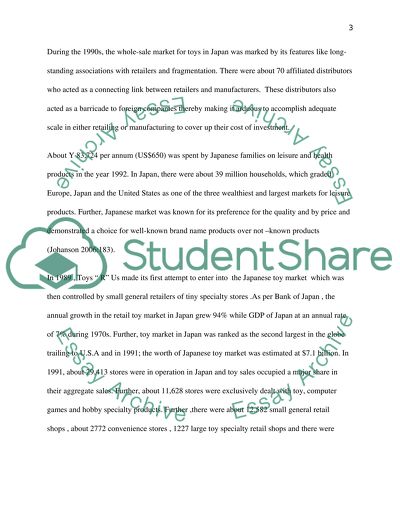Cite this document
(“Analysis of Toys R Us Case in Japan Term Paper Example | Topics and Well Written Essays - 3000 words”, n.d.)
Retrieved from https://studentshare.org/environmental-studies/1412078-analysis-of-toys-r-us-case-in-japan
Retrieved from https://studentshare.org/environmental-studies/1412078-analysis-of-toys-r-us-case-in-japan
(Analysis of Toys R Us Case in Japan Term Paper Example | Topics and Well Written Essays - 3000 Words)
https://studentshare.org/environmental-studies/1412078-analysis-of-toys-r-us-case-in-japan.
https://studentshare.org/environmental-studies/1412078-analysis-of-toys-r-us-case-in-japan.
“Analysis of Toys R Us Case in Japan Term Paper Example | Topics and Well Written Essays - 3000 Words”, n.d. https://studentshare.org/environmental-studies/1412078-analysis-of-toys-r-us-case-in-japan.


